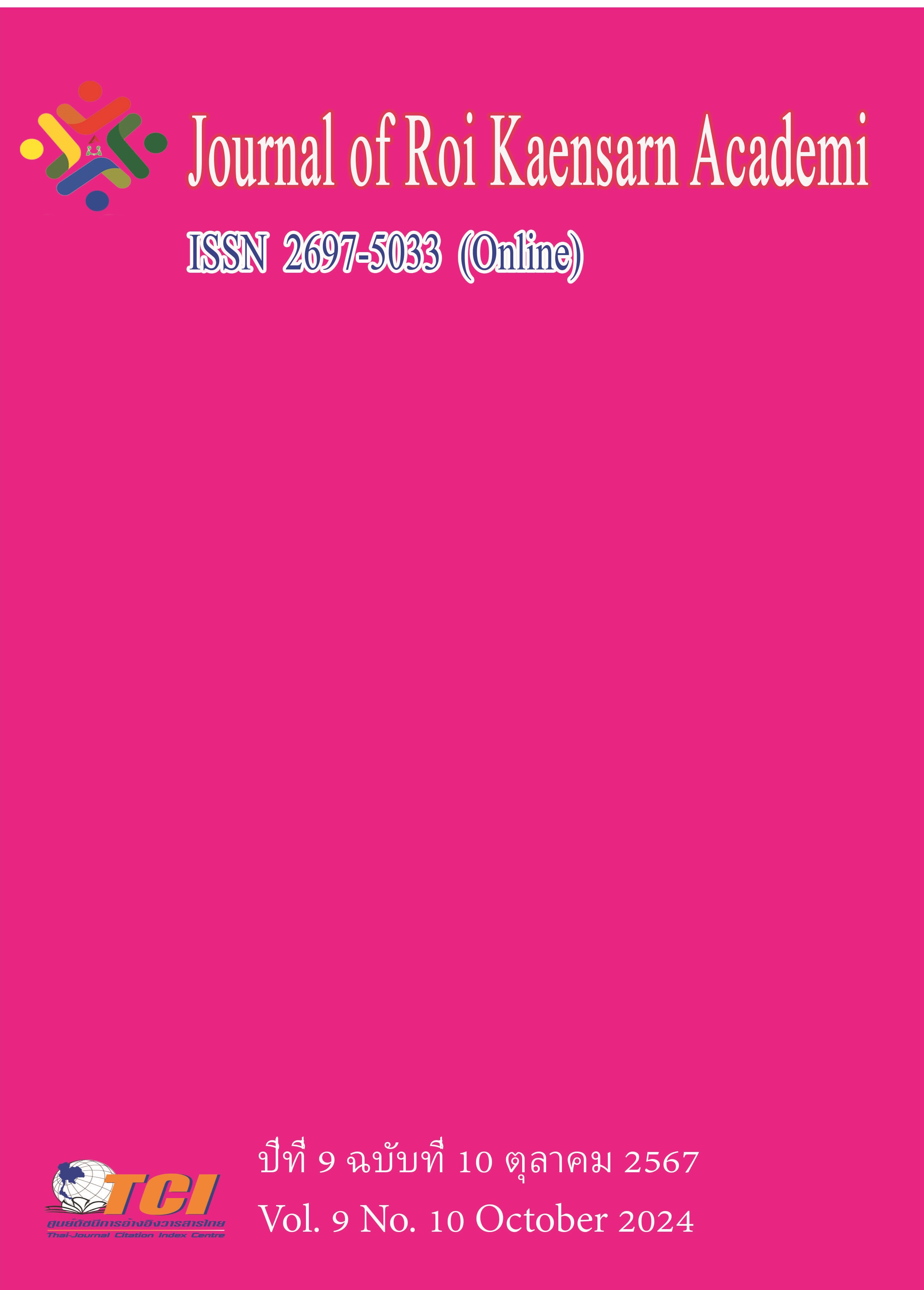The Soundscape Satisfaction Evaluation and Optimization Design of the Echo at Yingying Pagoda in Pujiu Temple
Main Article Content
บทคัดย่อ
The Yingying Pagoda in Pujiu Temple, Shanxi, is renowned for its unique "frog echo" soundscape, which is not only a cultural icon but also a significant element of the tourist experience. However, the integration of this soundscape with the environment and its satisfaction levels among tourists have not been optimally addressed.This research aims to evaluate the current soundscape of the Yingying Pagoda and optimize it to enhance tourist satisfaction. The study seeks to analyze the physical characteristics of the soundscape, assess tourist satisfaction, and propose improvements based on environmental interactions.A comprehensive approach was employed, involving field investigations, in-depth interviews with experts, and questionnaires completed by a sample of 70 tourists. Sound field simulations were also conducted to predict the acoustic effects of various materials and design alterations. The data collected was analyzed using both qualitative and quantitative methods to assess the soundscape's integration with the landscape and to identify key factors affecting tourist satisfaction.The analysis revealed that the cultural significance of the "frog echo" soundscape was acknowledged, but its environmental integration was found to be lacking and not meeting tourist expectations. The wall material and listening position were identified as key factors influencing satisfaction.
Based on the findings, the study suggests several optimization strategies. These include using red bricks and wood to improve the wall's acoustic performance, adjusting the listening point for a more immersive experience, integrating vegetation and Buddhist cultural elements for a harmonious visual and auditory landscape, and establishing a long-term maintenance and feedback mechanism to ensure continuous improvement of the soundscape.
Article Details
References
Bradley, D. T. Architectural acoustics: Measurement and modeling of scattering effects.
DAI, L., & Jamnongsarn, S. (2023). A study of the philosophical implications and functions of Han Buddhist music from the perspective of the three realms of music (Doctoral dissertation, Srinakharinwirot University).
Fang, Y., Lin, L., Feng, H., Lu, Z., & Emms, G. W. (2017). Review of the use of air-coupled ultrasonic technologies for nondestructive testing of wood and wood products. Computers and Electronics in Agriculture, 137, 79-87.Fonseca, W. D. A., Brandão,
E., Mareze, P. H., Melo, V. S., Tenenbaum, R. A., Santos, C. D., & Paixão, D. (2022). Acoustical engineering: A complete academic undergraduate program in Brazil. The Journal of the Acoustical Society of America, 152 (2), 1180-1191.
Georgieva, V. (1996). Representation of Buddhist nuns in Chinese edifying miracle tales during the Six Dynasties and the Tang. Journal of Chinese Religions, 24 (1), 47-76.
Hu, Z., Zayed, T., & Cheng, L. (2022). A critical review of acoustic modeling and research on building façade. Building Acoustics, 29 (1), 107-134.
Inglis, A. D. (2023). The Chinese love story from the tenth to the fourteenth century. State University of New York Press.
Jing, A. (1994). Yongle Palace: The transformation of the Daoist pantheon during the Yuan Dynasty (1260-1368). Princeton University.
Zhang, D., Zhang, M., Liu, D., & Kang, J. (2016). Soundscape evaluation in Han Chinese Buddhist temples. Applied Acoustics, 111, 188-197.
Zhang, F. J. (2011). “Drama sustains the spirit”: Art, ritual, and theater in Jin and Yuan period Pingyang, 1150–1350 (Doctoral dissertation, Brown University).
Zou, A. (2018). The life of Daoxuan: According to others and his own words (Doctoral dissertation, Ghent University).
